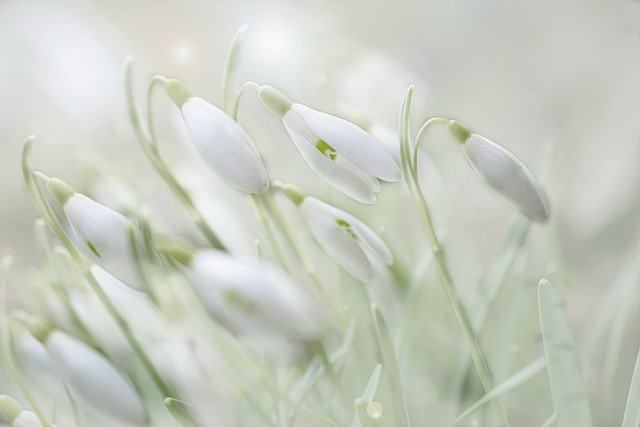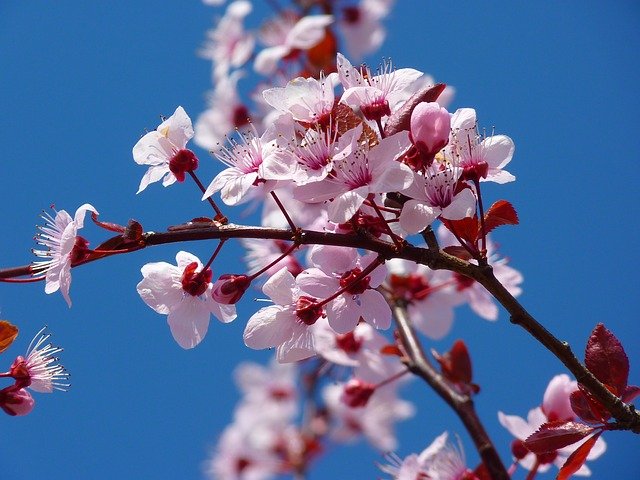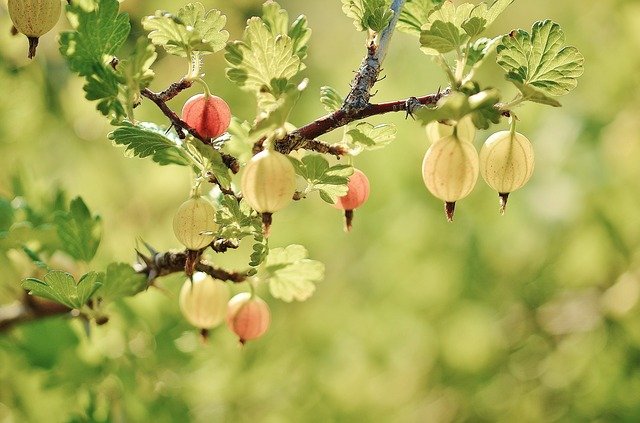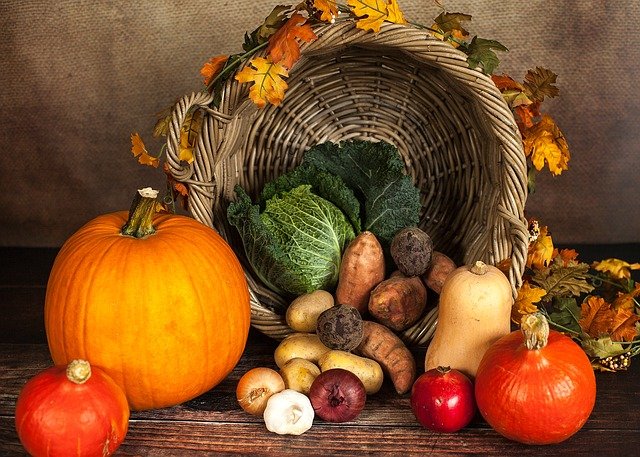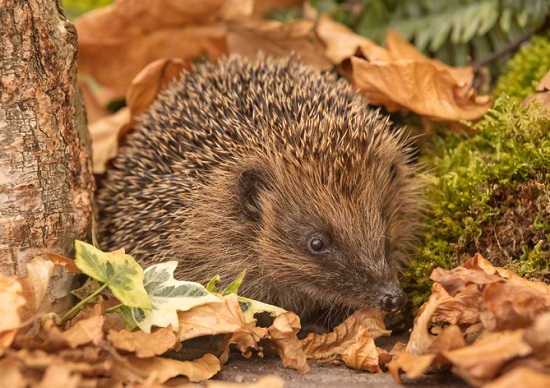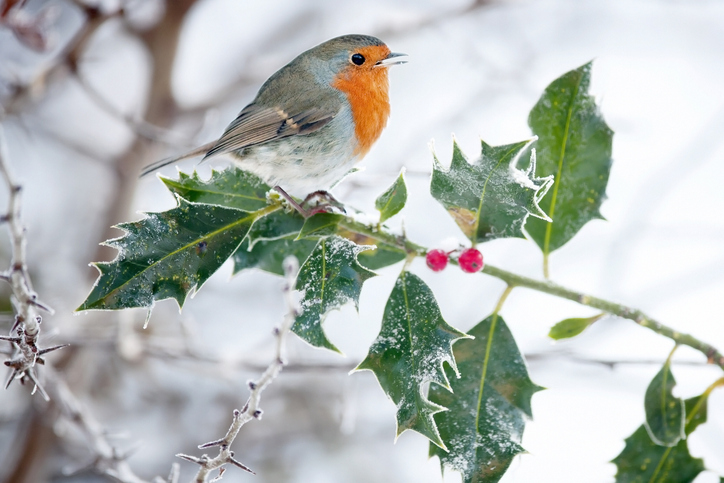June Gardening Jobs
Reading time: 5 minutes
Gardening jobs for June
June is a busy month in the garden as summer is in full swing. Keeping up with regular maintenance and planting will ensure your garden looks its best and produces bountiful harvests. Here are the essential gardening jobs for June:
Harvest strawberries
Task: Harvest strawberries.
Why: Regular picking encourages more fruit production and prevents berries from rotting.
How: Check plants daily and pick ripe, red strawberries. Use clean scissors or gently twist the berry to avoid damaging the plant.
Sow lettuce regularly
Task: Sow lettuce every few weeks.
Why: Regular sowing ensures a continuous supply of fresh lettuce for summer salads.
How: Sow seeds thinly in rows or broadcast in patches. Water well and thin seedlings as they grow to allow space for mature plants.
Regular weeding
Task: Regular hoeing to control weeds.
Why: Weeds compete with your plants for nutrients, water, and light.
How: Use a hoe to cut weeds at the soil surface. Do this on dry days to prevent regrowth. Focus on persistent weeds like bindweed.
Continue planting and feeding tomatoes
Task: Continue planting tomatoes and feed them regularly.
Why: Ongoing planting and feeding ensure a steady supply of tomatoes and promote healthy growth.
How: Plant tomatoes in sunny spots with well-drained soil. Feed every two weeks with a high-potassium fertiliser.
Water vegetables
Task: Keep vegetables well-watered.
Why: Consistent watering is crucial for healthy vegetable growth, especially during dry spells.
How: Water early in the morning or late in the evening to reduce evaporation. Use a soaker hose or drip irrigation for efficient watering.
Trim box hedges and topiary
Task: Trim box hedges and topiary.
Why: Regular trimming maintains the shape and health of your hedges and topiary.
How: Use sharp shears or hedge trimmers to shape plants. Trim lightly to avoid stressing the plants, especially in hot weather.
Thin out apple and pear trees
Task: Thin out apple and pear trees before the ‘June drop’.
Why: Thinning ensures larger, healthier fruits by reducing competition.
How: Remove the smallest or damaged fruits, leaving about 10-15cm between remaining fruits. Use clean pruning shears to avoid damaging the tree.
Deadhead flowers
Task: Keep on top of deadheading flowers.
Why: Deadheading encourages re-flowering and keeps plants looking tidy.
How: Snip off spent flowers just above the first set of healthy leaves. Use clean scissors or secateurs for clean cuts.
Sow autumn-flowering plants
Task: Start thinking about sowing autumn-flowering plants such as sweet william, pansies, and primroses.
Why: Sowing now ensures these plants are well-established and ready to bloom in autumn.
How: Sow seeds in seed trays or directly in the ground. Keep the soil moist and protect seedlings from strong sunlight.
Plant carrots
Task: Plant carrots for autumn and winter harvesting.
Why: Planting now ensures a continuous supply of carrots into the colder months.
How: Sow seeds thinly in rows in well-drained soil. Thin seedlings to 5-8cm apart as they grow.

Additional June gardening tasks
Prune spring-flowering shrubs
Task: Prune spring-flowering shrubs.
Why: Pruning after flowering encourages new growth and shapes the shrubs.
How: Use sharp secateurs to remove spent flowers and cut back any overly long branches.
Support tall plants
Task: Support tall or top-heavy plants.
Why: Supporting plants prevents them from flopping over and getting damaged.
How: Use stakes, canes, or plant supports. Tie plants gently with garden twine or soft ties.
Check for pests and diseases
Task: Regularly inspect plants for pests and diseases.
Why: Early detection and treatment prevent serious infestations and damage.
How: Look for signs of pests like aphids and slugs. Treat with organic methods or appropriate pesticides.
Mulch beds and borders
Task: Apply mulch to beds and borders.
Why: Mulching helps retain moisture, suppress weeds, and improve soil structure.
How: Spread a 5-8cm layer of organic mulch around plants, keeping it away from stems and trunks.
Dig up and store spring-flowering bulbs
Task: Dig up and store spring-flowering bulbs like hyacinths and tulips.
Why: Storing bulbs in a cool, dry place prevents them from getting wet and rotting.
How: Lift bulbs carefully with a garden fork. Clean off soil, let them dry in a cool, airy place, and store in a dry, well-ventilated container.
These tasks are sure to keep you busy, and ensure your garden remains productive and beautiful throughout the summer. Happy gardening!













